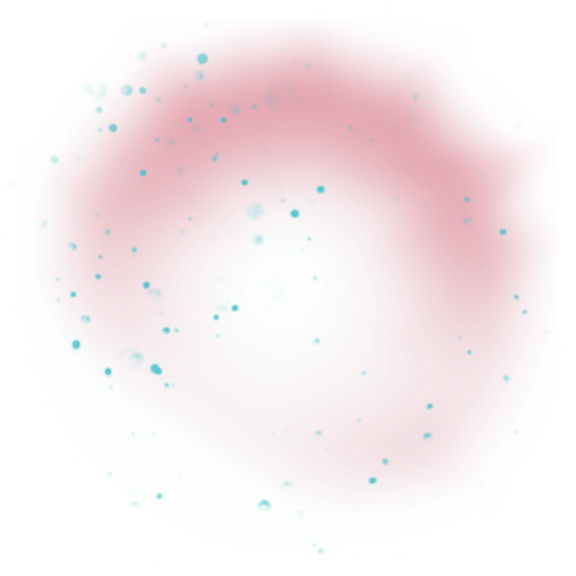DAVID M. RUBIN PhD
Managing Director of MSD Global Health Innovation Fund
“We believe Turbine’s Simulated Cell has the potential to transform key aspects of the oncology drug discovery and development process, providing insight at scale that will shed light on even the most challenging biological mechanisms.”















